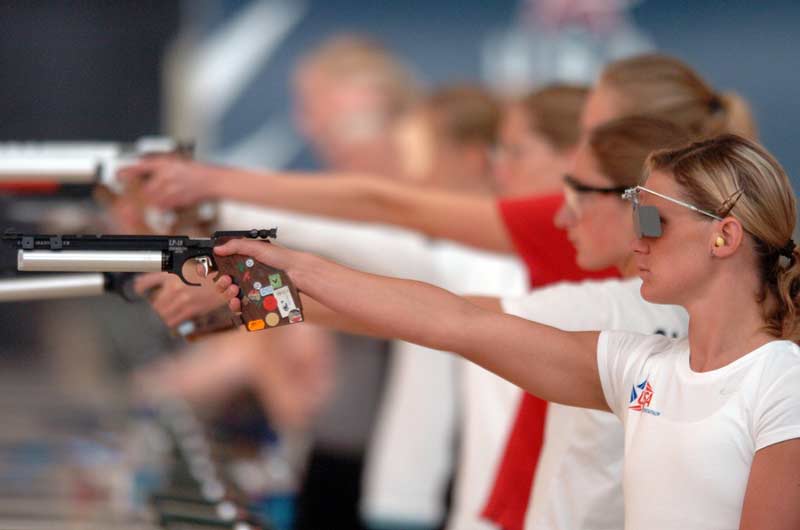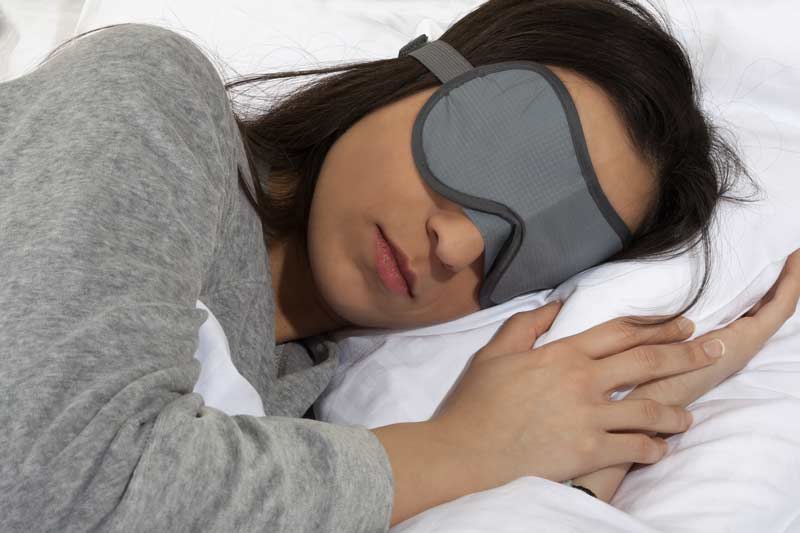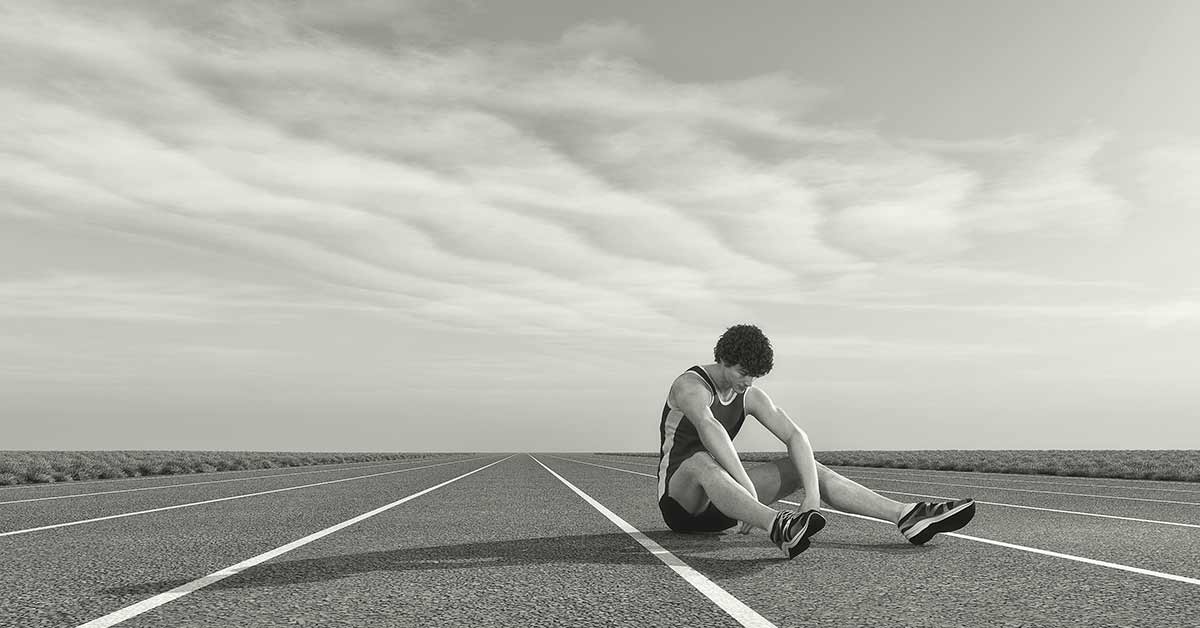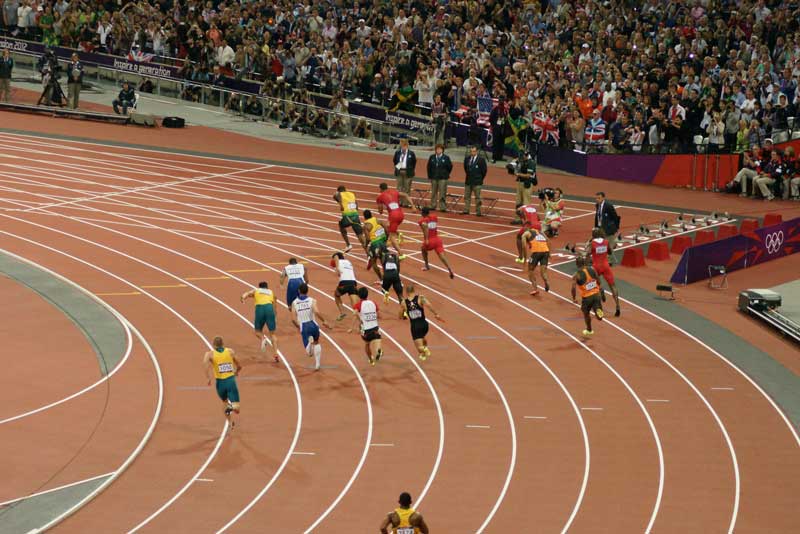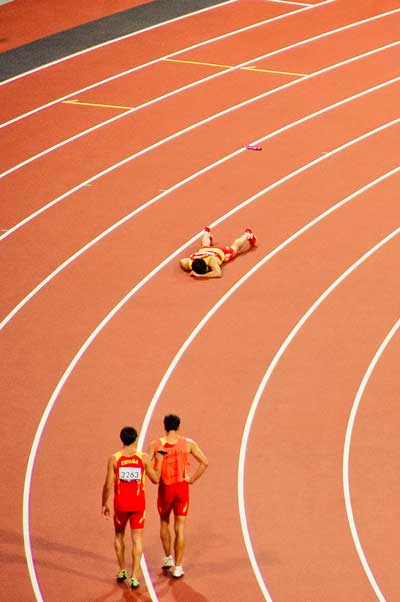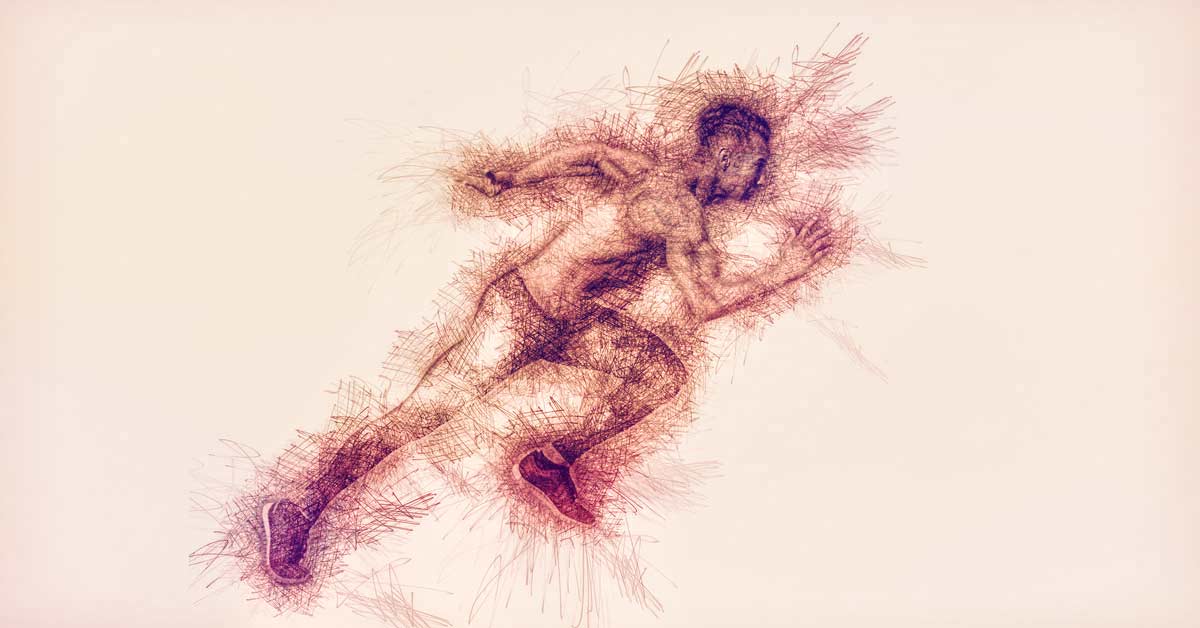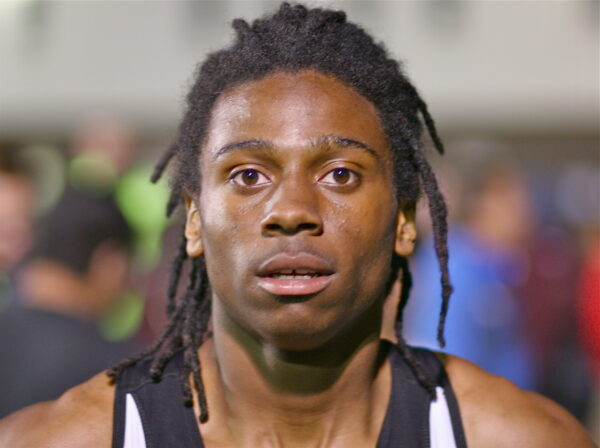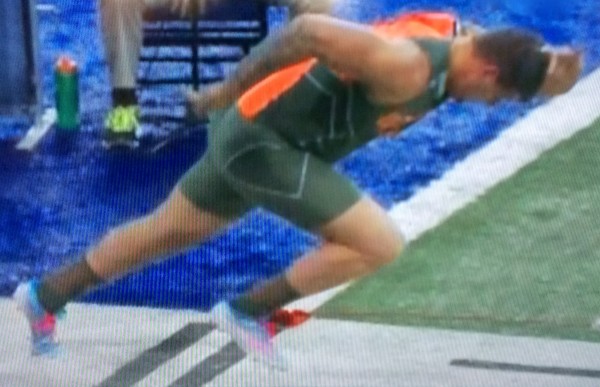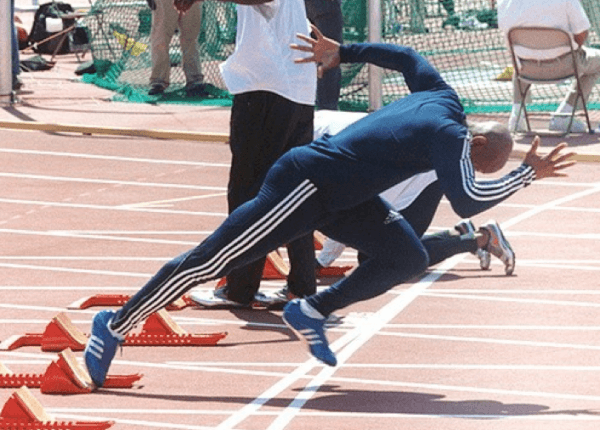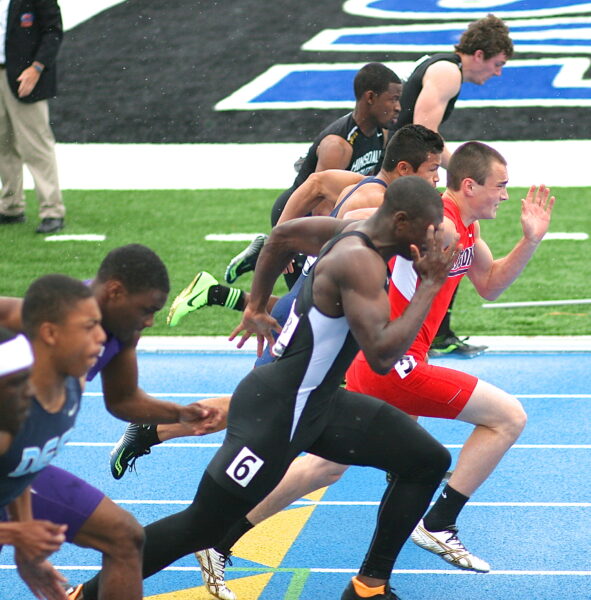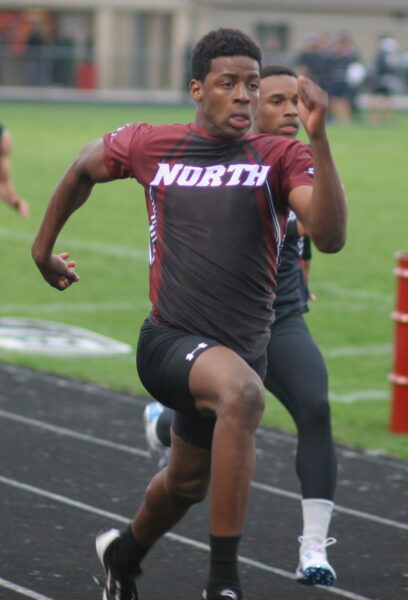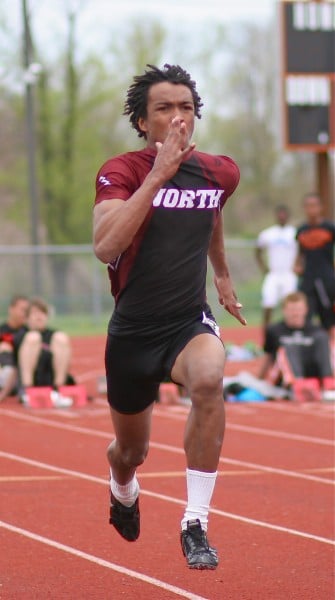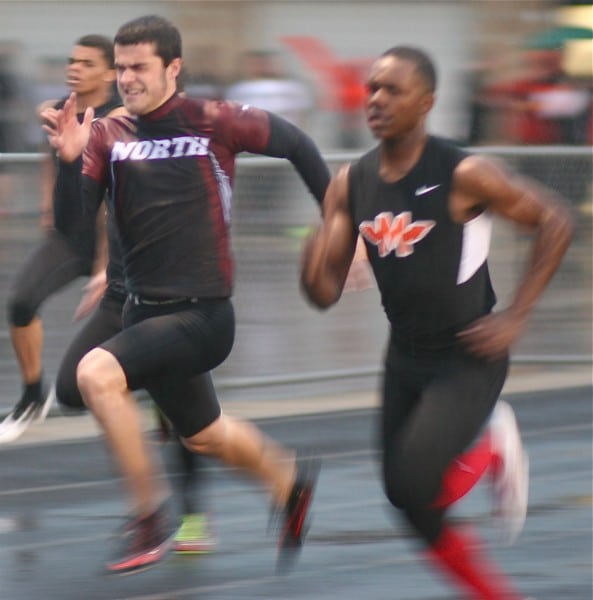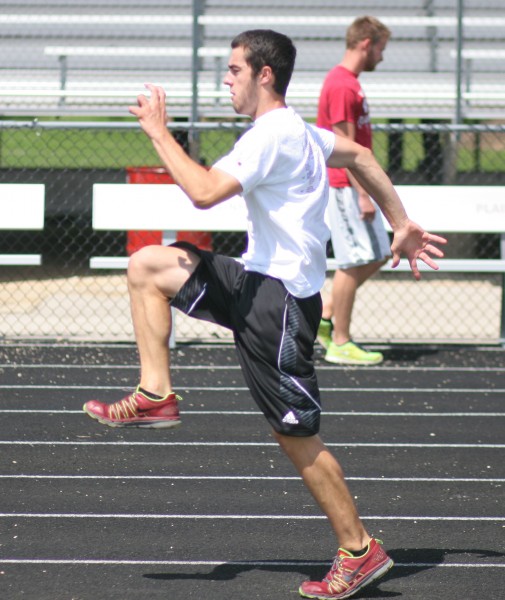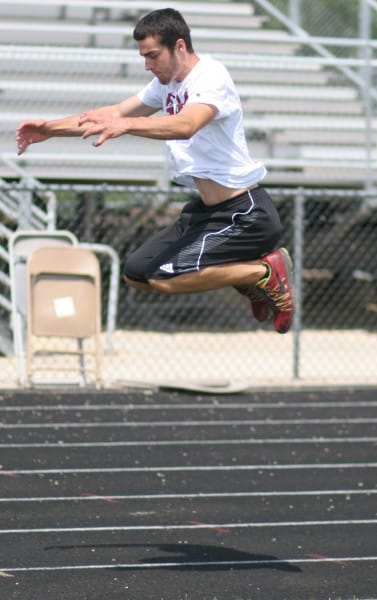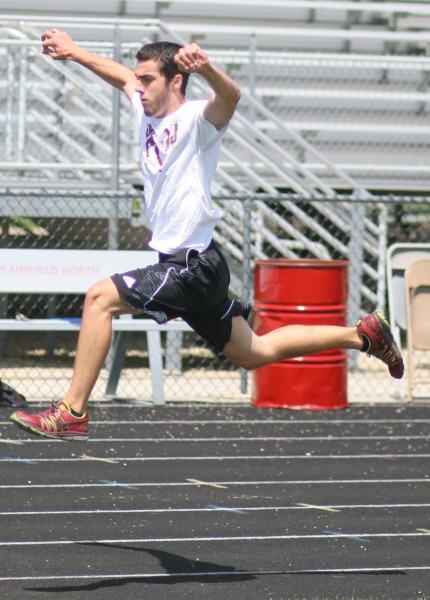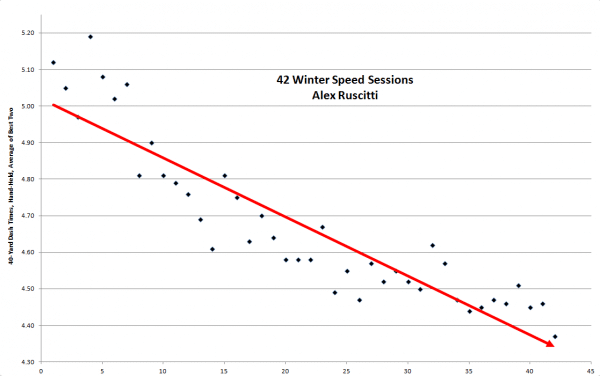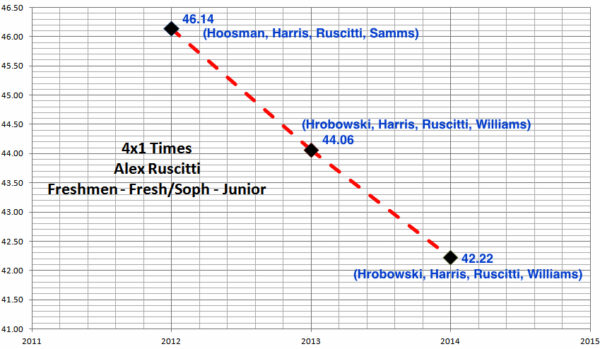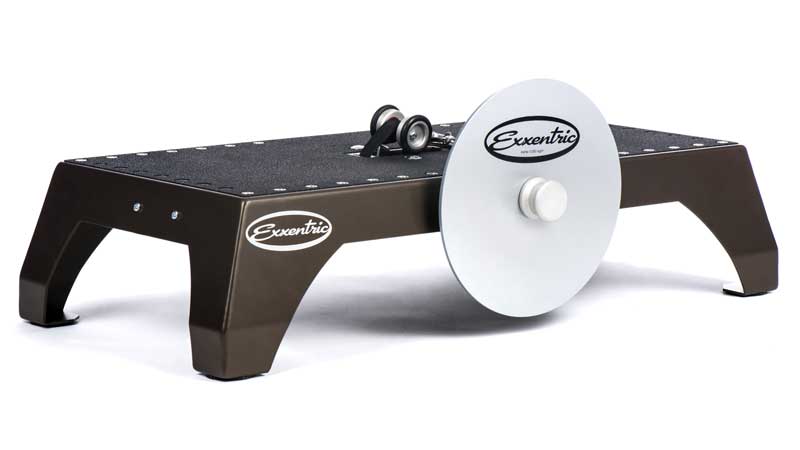
What Is the kBox 3?
I will begin by urging you to read the article, “What Every Coach Ought to Know About Flywheel Training” by Exxentric co-founder Fredrik Correa, M.D. Here are some highlights, and Fredrik’s article has more depth and citations to other articles and studies.
- The kBox is a form of flywheel training (ISO-inertial). Its origins date back to the Gymnasticon, invented in 1796 by American researcher Francis Lowndes.
- The technology recently reappeared to help stave off atrophy and bone loss in conditions of microgravity during space travel.
- In essence, the kBox works by placing 1–4 flywheels onto a shaft connected to a strap. That strap connects to you and a harness or handle. When the flywheel turns it gathers the strap around the shaft. When you apply force to the strap, it spins the shaft, consequently spinning the flywheel. It catches the strap and pulls back down with equal energy.
- Every rep is a max load rep if you give maximum effort every time, unlike a barbell where only the final rep is at maximum effort.
- You get higher velocity eccentric overload, unlike slow heavy eccentric work or forced reps/negatives with free weights.
- Studies show a higher degree of hypertrophy, muscle activation, and strength in all joint angles by use of ISO-inertial training.
- Eccentric work shows increases in muscle length, fiber transformation into type IIA, and improved balance and stiffness in tendons.
What Is an ISO-inertial?
If you want an in-depth, well-written look at what an ISO-inertial machine is and how it works, I strongly suggest reading Marco Pozzo’s article, “Monitoring Performance in Strength Training: The SmartCoach System”. He did such a good job that I’d just be rephrasing his work.
The meathead in me would explain how the kBox 3 works by saying that it uses different diameter wheels with different mass (as the wheels get bigger, the mass increases). To rotate or move more mass, you need to apply more force. The same holds true for stopping that rotating mass. So the only thing that affects the forces and energy is the amount and size of the mass you need to rotate and the amount of force you apply. Gravity has no effect.
With the above example, hopefully, the difference between inertial training and barbell training is clearer. The fact of the matter is that not much will change the force required to spin a given flywheel, nor will much stop it from taking the concentric force you used to start the wheel spinning from coming right back at you with equal force. This causes high inertial force, which drives you back into an eccentric contraction. This is why it works in space and why—if you wanted to get strange—you could lie horizontally and strap yourself into the squat harness and effectively do leg presses, or hang the kBox from the ceiling and do pulldowns. I’m not suggesting you try, just making a point that gravity doesn’t affect the work.
Construction of the kBox 3
When I saw a video of the kBox 3 I loved the small footprint. Given that I work out of my 3-car garage, space is at a premium so larger items clearly don’t work well. I was immediately curious as to its composition and weight, so I reached out to Exxentric senior vice president Andreas Correa and set up a demo here in San Diego.
Andreas had me take the kBox out of his car. I was shocked by its light weight, just 27 pounds without a wheel attached to it. Andreas explained that the body is aluminum, the shaft is hardened steel, and the top surface is covered by boat material that essentially gets “stickier” as it gets wet. This may seem trivial. But if you plan on coming off grass onto the kBox or if you or your athletes tend to sweat a lot, the steel construction of the previous model could get slick. I’m happy with the change as safety always matters.
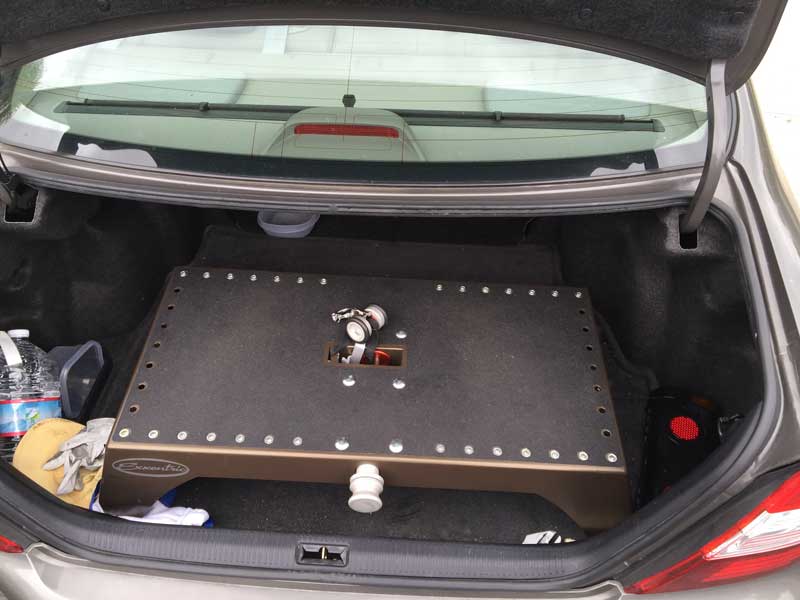
While there are numerous positives regarding the kBox (many of which I haven’t spoken of yet), a few minor issues—which haven’t yet posed a problem but do have the potential to complicate things—may be worth considering.
First, the shaft the strap connects to isn’t much wider than the strap itself (which may be for good reason as I could see the strap folding strangely with too much room). But if you are a bit off-center the strap can rub on the edges, causing fraying and premature changes. At some point, the strap will wear out and need to be changed. There is of course always a cost of doing business, and maintenance is required for almost everything. So you need to be aware that this small piece will need to be replaced at some point.
The second potential issue regards solo training. The configuration of the kBox may involve a bit of a struggle setting up exercises and getting into position while getting the wheel spinning. I have not yet had an issue with this matter, but could foresee it happening.
Quick recap: The model is small in a gym equipment sense but plenty big to squat on, sturdy as all heck, light, portable, has unlimited resistance and a great top surface that doesn’t slip. On the difficult side, you need to set up well so the strap tracks cleanly down onto the shaft, the strap will wear out so you will have to buy extras, and setup on some exercises can be a tad tricky while training alone.
Before I even finished this article, I discovered that the guys at Exxentric have already changed the strap material and are working on a new reel to minimize wear and friction on the strap, giving a better user experience and longer-lasting straps. This is something that as a customer you have to love. Like any new technology, things are moving quickly and when given feedback these guys act… and act fast. They want their product to be the best and they seem to work hard to continuously improve to help us out on the user end. I’m already looking forward to the new straps.
Kmeter
To quantify the load, the guys at Exxentric have a device they call the kMeter. It consists of a wireless Bluetooth transmitter costing 390 euros and a corresponding free app for data display. The kMeter will record measures including displacement, concentric and eccentric peak power, and eccentric overload as the user inputs the wheel size/amount and divides eccentric peak power with concentric peak power.
Like any monitoring tool, it will be great to have feedback to track progress and see exactly what is happening to power production and other metrics with wheel changes, but how you choose to use the information will generally be context- and person-specific.
By the time this is out the Kmeter should be announced as well. Again moving quick and adding value to their product as it will be included in the price of new purchases essentially adding a $500 value for no cost. Again, very cool and old users will be able to order at a “campaign price” and I can promise I will be on that list.
How Does It Feel?
Operation of the kBox is difficult to fully explain, though it’s somewhat like bands pulling you down. Instead of easing up at the bottom they just pull harder, though that’s not quite right. It also feels like a normal squat (or whatever exercise you perform) but over in the corner there is a little kid playing with a dimmer switch that controls gravity. The kid just turns that sucker up to Jupiter levels, which causes a feeling of being sucked to the floor by some unearthly force. If you really give some concentric juice and take the exercise through a full range of motion there is a feeling that you may just get sucked straight through the tiny little hole in the surface—luckily for us the guys at Exxentric put a stopper to keep this from happening.
Video 1. Up to four flywheels can be attached to the kBox shaft as shown in this video.
It has a unique feel, and certainly a small learning curve. I will use the squat as an example. You initially have to “milk” the start by manually spinning the wheel with your foot. The wheel will pick up a small amount of strap and cause a lowering into a partial/mini squat (try to keep the strap taut to limit slack and potential rubbing). You then give a little more aggressive concentric action, and the wheel will pick up more speed and consequently more strap.
Video 2. A squat using three large wheels and one medium wheel. Note the cycle time for each rep is longer than the video below that uses less flywheel mass.
Video 3. A squat using one medium wheel. Note the higher rotational speed of the flywheel compared to the previous video.
Once the wheel pulls you to full range and you give your first true effort concentrically, the subsequent eccentric pull can be shocking. I stand behind users because they may have a tendency to fall back a little. Though in my experience this only happens during the first attempt, with the initial set tending to oscillate between balance issues and not keeping the strap taut. Most people who have tried it will push up and just squat down, leaving a bucket of slack that causes the wheel to come around and jerk them when it finally catches up. I’ve had success coaching “smooth up, wait for the strap to pull you down.” Once they get the feel, it’s typically not a problem from then on.
Specific Reasons I Chose the kBox 3 For My Gym
I would be doing a disservice if I didn’t first mention a couple of articles to check out, “6 Sure-Fire Eccentric Exercises to Build (and Rebuild) Athletic Monsters” by Carl Valle and and “My Love Affair with the Bulgarian Split Squat” by Chris Korfist. These talk in some way about eccentric work and seeing how it may improve performance. Here are my additions to what has previously been talked about, and I’m sure even more will follow.
1. With our novice and general fitness folks, the kBox 3 is both orthopedically very safe (if cued correctly—I like “smooth up, smooth stop”) and really a novel, fun, and effective way to train. I have two clients, a husband (former Division 1 football player) and wife (former Division 1 tennis player). Both are highly successful, highly competitive, and highly messed up. Between the two of them they have had 7 surgeries. He has 2 bulging discs and no meniscus in either knee and has been told by multiple doctors not to load his spine. She has a torn medial meniscus that was never repaired and experiences shoulder pain when squatting (not to mention that she doesn’t enjoy barbells.).
But during their first day using the kBox 3 they both were able to squat with more effort/exertion than with a normal barbell or kettlebell and enjoyed it so much that they requested it in their next session. This has become commonplace: people who hesitate when presented with a barbell have no problems with the kBox harness. And while I have found it effective with my general fitness clients, I also see the potential for it to help break cultural biases in elite sports such as soccer, where some clubs are notorious for “fearing” the barbell. If safety is paramount, time to help an athlete learn a fairly complex movement is limited, or physical limitations are an issue, I think the kBox 3 is a great solution.
2. If we look at a full force-velocity curve with the eccentric-concentric portions of a lift, we see that unlike concentric muscle actions, eccentric force increases as muscle lengthening velocities increase (up to a point). So with this in mind, when we think of eccentric-type training we think slow tempo with heavy or light weight (depending on the goal and/or exercise), drops/landings with high velocity, or sprinting and multiple response jumps where again there is a very high velocity with very high forces potentially.
The difference with the kBox 3 is that it is a general exercise, where you can get higher velocities than typical eccentric barbell work with equally high or higher forces as well as greater times under tension when related to landings/jumps/sprints. The way I am looking at this information (thanks to a talk with Landon Evans, University of Iowa Olympic strength & conditioning coach) is a general way to prepare tissues and joints for high eccentric loads.
When in a GPP or SPP block, I think we can get unique benefits from the kBox 3 by imposing an eccentric contraction with higher velocities and force than standard barbell work with greater time under those loads, thus leading to better adaptations. It has the potential to be beneficial in-season with some athletes within the small distribution of SPE loads. I don’t think this replaces the specific work entirely, but it is a unique way to safely prepare for the more intensive specific work in blocks to come or maintain qualities throughout a season.
3. With what we know about muscle eccentric training being effective for hypertrophy, I plan on using this more regularly with general fitness clients who want added muscle mass. The increased muscle damage, soreness, and recovery time, though, are all things to keep in mind no matter who you’re dealing with, and especially when working with athletes during short off- seasons (As long as the hypertrophy is needed and recovery is in place).
Foolish or Selfish Addition. One selfish little thing I’d like to try (if I had 2 kBoxes) would be to attach them to a barbell similar to chains and see if the transfer to barbell lifting would increase. For example, in a squat hook a strap to each collar, weigh the boxes down so they don’t move, and perform standard squats. I’m a powerlifting junky myself so this truly is just a curiosity for me and nothing more. But I would think the carryover to a squat would be better as you could slowly cut flywheel resistance in place of weights loaded on the bar. This would not be for a novice lifter, and the setup would be the key to ensuring safety so no one is getting buried in the hole.
There are obviously a lot more training objectives to consider. A few that have been tossed around are length/tension relationships post-eccentric work and injury risk, hormonal changes (IGF-1), anterior chain stiffness (think a pullover for throwers), and even tempo-type training (maybe you’ve heard it called oxidative work) since you can set the strap to not allow lockout at any point. These will all depend on your program and athlete/client base.
Conclusion
When all is said and done, I think there are more than enough benefits to at least consider the kBox 3 as a viable option for anyone’s gym or training system. I know the price isn’t cheap but the value is huge. It offers a unique way of training certain qualities such as high force with high-velocity eccentrics, larger times under tension with these specific muscle contraction regimes, improved speed of hypertrophy gains, and orthopedic safety (especially for the squat)—all with one piece of equipment with a small footprint. Overall, I’m about a month in and extremely happy with the purchase. I strongly recommend it—or at least get in touch with someone to give it a try.
Since you’re here…
…we have a small favor to ask. More people are reading SimpliFaster than ever, and each week we bring you compelling content from coaches, sport scientists, and physiotherapists who are devoted to building better athletes. Please take a moment to share the articles on social media, engage the authors with questions and comments below, and link to articles when appropriate if you have a blog or participate on forums of related topics. — SF

